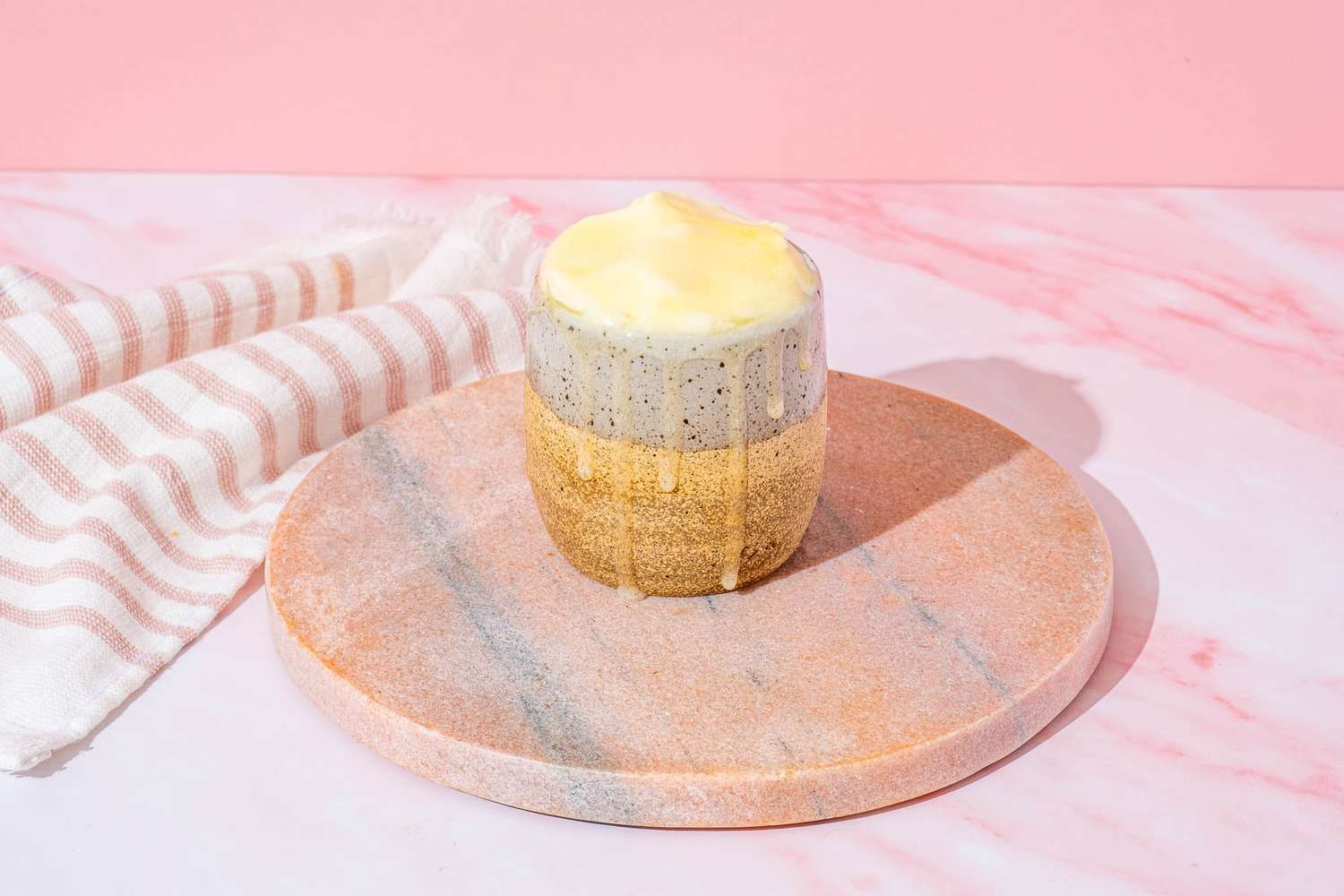

Articles
How To Store Butter On The Counter
Modified: December 7, 2023
Discover the best way to store butter on the counter with our helpful article. Keep your butter soft and spreadable while maintaining its freshness.
(Many of the links in this article redirect to a specific reviewed product. Your purchase of these products through affiliate links helps to generate commission for Storables.com, at no extra cost. Learn more)
Introduction
Storing butter on the countertop is a practice that has been debated for years. While most people are accustomed to keeping butter in the refrigerator, there is a growing trend to store it on the counter. The idea behind this method is to keep the butter soft and easily spreadable at all times. However, is it safe to leave butter out of the fridge? In this article, we will explore the benefits of storing butter on the counter, the factors to consider before doing so, and the steps to properly store and maintain butter on the countertop.
Butter has long been a staple in the kitchen, used for cooking, baking, and spreading on bread. However, refrigerated butter can be hard and difficult to spread, making it inconvenient for immediate use. Storing butter on the counter allows it to soften to room temperature, making it easier to spread and enhancing its flavor. Additionally, it eliminates the need to wait for the butter to soften or use alternative methods like microwaving.
While it may seem counterintuitive to leave a dairy product out of the fridge, butter has a unique composition that allows it to be stored safely at room temperature for short periods. Butter contains a high amount of fat and relatively low water content, which makes it less prone to spoilage. However, it is important to take certain factors into consideration to ensure the butter remains fresh and safe for consumption.
Key Takeaways:
- Storing butter on the counter offers benefits such as easy spreading, enhanced flavor, and quick access. However, factors like temperature and hygiene must be considered to ensure its safety and freshness.
- Choosing the right butter dish, maintaining proper hygiene, and monitoring for signs of spoilage are essential for safely storing butter on the counter. Enjoy the convenience of soft and spreadable butter while prioritizing its quality and safety.
Read more: How To Store Butter
Benefits of Storing Butter on the Counter
Storing butter on the counter offers several benefits that make it an appealing alternative to refrigeration. Here are some of the advantages:
- Ease of spreading: One of the primary benefits of storing butter on the counter is that it remains soft and spreadable at all times. This makes it convenient for immediate use, whether you’re spreading it on toast, using it for baking, or cooking. You no longer have to wait for the butter to soften or use alternative methods to make it easier to spread.
- Enhanced flavor: Butter stored at room temperature has a richer and more pronounced flavor compared to cold butter. When butter is refrigerated, the flavors are somewhat muted. Allowing it to soften on the countertop brings out its natural flavors, making it even more enjoyable in various culinary applications.
- Quick access: By keeping butter on the counter, you have quick and easy access to it whenever you need it. There’s no need to go back and forth to the refrigerator, especially if you’re using it frequently throughout the day. This can save time in the kitchen and make meal preparation more efficient.
- Economical: Storing butter on the counter can help reduce waste and save money. When butter is cold, it can be challenging to scrape off just the right amount for spreading or cooking, which often leads to excess butter being used. By keeping it on the counter, you have better control over portion sizes, preventing unnecessary waste and ensuring that your butter lasts longer.
- Improved texture: Cold butter can be hard and difficult to incorporate into recipes, especially when it needs to be mixed with other ingredients. Softened butter blends more easily, ensuring a smoother texture in your baked goods and other culinary creations.
- Aesthetic appeal: Storing butter on a stylish butter dish on the counter adds a touch of elegance to your kitchen. It becomes a decorative element and can be a conversation starter when guests visit. Plus, it eliminates the need for unsightly butter wrappers or containers cluttering your refrigerator.
While there are undeniable benefits to storing butter on the counter, it is important to consider certain factors before adopting this storage method. Understanding these factors will help ensure the safety and proper preservation of your butter. Let’s explore these considerations in the next section.
Factors to Consider Before Storing Butter on the Counter
Though storing butter on the counter can be convenient and offer several benefits, it’s crucial to take certain factors into consideration to ensure the safety and quality of the butter. Here are some factors to keep in mind:
- Temperature: The temperature of your kitchen plays a vital role in determining whether it’s suitable to store butter on the counter. Ideally, the room temperature should be below 70°F (21°C) to avoid the risk of the butter melting or becoming rancid.
- Hygiene: Proper hygiene practices are essential when storing butter on the counter. Make sure to use a clean and dry butter dish or a butter crock to minimize the risk of bacterial growth. Avoid cross-contamination by using clean utensils to handle the butter.
- Usage rate: Consider how quickly you consume butter before deciding to store it on the counter. If you use butter infrequently and it tends to remain on the counter for extended periods, it’s best to stick with refrigerated storage to ensure its freshness.
- Quality of butter: The quality of the butter you purchase also plays a role in whether it can be safely stored on the counter. Look for high-quality butter with low moisture content, as butter with higher moisture content is more prone to spoilage.
- Climate: The climate of your region can impact the shelf life of butter stored on the counter. In hot and humid climates, the butter may soften or even melt, increasing the risk of spoilage. In such conditions, it’s advisable to keep the butter refrigerated.
- Cross-contamination: Butter can absorb odors and flavors from other foods on the counter. Ensure that any food items, such as onions or garlic, stored nearby do not affect the taste or freshness of the butter.
Considering these factors will help you determine whether storing butter on the counter is a suitable option for you. If you decide to proceed, follow the proper steps to ensure the butter remains fresh and safe. In the next section, we will outline the steps to store butter on the counter effectively.
Steps to Store Butter on the Counter
Storing butter on the counter can be done safely and conveniently if the right steps are followed. Here’s a step-by-step guide to storing butter on the counter:
- Select a butter dish: Choose a butter dish or crock that will keep the butter protected and free from any contaminants. Opt for a dish with a lid to shield the butter from air and potential cross-contamination.
- Ensure room temperature: Make sure your kitchen maintains a room temperature below 70°F (21°C) to prevent the butter from melting or becoming too soft. This will help maintain the butter’s shape and consistency.
- Check for freshness: Before placing the butter in the dish, ensure that it’s fresh and free from any signs of spoilage. Discard any butter that has an off smell, unusual color, or has exceeded its expiration date.
- Transfer the butter: Place the desired amount of butter in the butter dish, making sure not to overfill it. Leave enough space for the butter to be easily spread without making a mess.
- Cover the butter dish: Using the lid of the butter dish, cover the butter to protect it from exposure to air, dust, and other contaminants. This will help maintain its freshness and prevent any external flavors from seeping into the butter.
- Store in a cool area: Find a suitable spot on your countertop away from direct sunlight and heat sources. Avoid placing the butter near the stove or any appliances that emit heat. The goal is to maintain a consistent, cool temperature for the butter.
- Maintain proper hygiene: Make sure to wash the butter dish regularly to prevent the accumulation of any residue or bacteria. Use clean utensils to handle the butter to avoid introducing any contaminants.
Following these steps will ensure that your butter remains fresh and safe to consume while being readily available for your cooking and spreading needs. However, it’s important to know how to properly maintain the butter on the counter to avoid any issues. Let’s explore some tips in the next section to help you choose the right butter dish and maintain the butter’s quality effectively.
Store butter on the counter in a butter dish or covered container to keep it at room temperature for easy spreading. Make sure to keep it away from direct sunlight and heat sources.
Tips for Choosing the Right Butter Dish
Choosing the right butter dish is essential for storing butter on the counter effectively. Here are some tips to consider when selecting a butter dish:
- Size and capacity: Ensure that the butter dish is large enough to accommodate the amount of butter you typically use. It should have enough space to hold a stick or two of butter without being overcrowded.
- Lid or cover: Look for a butter dish that comes with a lid or cover. This will help protect the butter from air, dust, and potential contaminants that can affect its freshness and flavor.
- Material: Consider the material of the butter dish. Glass, ceramic, and stainless steel are commonly used for butter dishes. Choose a material that is durable, easy to clean, and maintains the proper temperature for storing butter.
- Design and style: Opt for a butter dish that complements your kitchen decor and personal style. With a wide range of designs available, you can find a butter dish that adds aesthetic appeal to your countertop while also serving its functional purpose.
- Easy to clean: Look for a butter dish that is easy to clean and dishwasher-safe. This will ensure that maintaining the dish’s hygiene and cleanliness is a simple task.
- Separate compartment for water: Some butter dishes come with a separate compartment to hold water. This water acts as a barrier and helps create an airtight seal, keeping the butter fresh for a longer period.
- Secure and tight-fitting lid: Check that the lid of the butter dish fits securely and tightly, preventing any air from entering and affecting the butter’s quality and texture.
By considering these tips when choosing a butter dish, you can find one that not only suits your needs but also ensures the proper storage of butter on the counter. Once you have the right butter dish, it’s essential to know how to maintain the butter’s quality effectively. Let’s explore some tips for properly maintaining butter on the counter in the next section.
Read more: How To Store Brown Butter
How to Properly Maintain Butter on the Counter
Properly maintaining butter on the counter is crucial to ensure its freshness, taste, and safety. Here are some tips to help you maintain butter effectively:
- Keep it covered: Always keep the butter dish covered with the lid when not in use. This helps protect the butter from exposure to air, dust, and potential contaminants that can affect its quality.
- Store in a cool area: Find a cool spot on your countertop away from direct sunlight and heat sources. Excessive heat can cause the butter to melt, while sunlight can alter its texture and flavor. Consistent, cool temperatures help maintain the butter’s quality.
- Check and maintain hygiene: Regularly clean the butter dish to prevent the build-up of any residue or bacteria that may contaminate the butter. Wash the dish with warm, soapy water and dry it thoroughly before adding fresh butter.
- Rotate and use within a reasonable time: Ensure that you use the stored butter within a reasonable timeframe, typically within 2-3 weeks. To ensure even usage, rotate the butter stick in the dish periodically, using the older portion first.
- Observe signs of spoilage: Regularly check the butter for any signs of spoilage, such as an off smell, unusual color, or mold growth. If you notice any of these signs, it’s best to discard the butter to avoid any health risks.
- Avoid cross-contamination: To prevent the butter from absorbing odors and flavors from other foods on the counter, keep it away from strong-smelling items like onions or garlic. Sealable butter dishes can help further prevent cross-contamination.
- Consider refrigeration during warmer months: If you live in a hot and humid climate, it is advisable to refrigerate the butter during the warmer months to prevent it from melting or becoming rancid.
By following these guidelines, you can ensure that your butter remains fresh, safe, and ready for use on the countertop. However, if you have any concerns or uncertainties, it’s always best to consult the recommendations of the butter manufacturer or health authorities.
Now that you have a good understanding of how to properly maintain butter on the counter, let’s address some common questions that may arise when considering this storage method.
Frequently Asked Questions (FAQs)
Q: Is it safe to store butter on the counter?
A: Storing butter on the counter is generally safe for short periods, as long as you follow proper hygiene practices and consider factors like temperature and usage rate. However, it’s essential to monitor the butter for any signs of spoilage.
Q: How long can butter be stored on the counter?
A: Butter can typically be stored on the counter for 2-3 weeks, as long as it remains fresh and free from any signs of spoilage. However, if you live in a warm climate, it’s advisable to refrigerate the butter during the hotter months.
Q: Does storing butter on the counter make it spoil faster?
A: Storing butter on the counter does not necessarily make it spoil faster if certain factors are considered, such as temperature, hygiene, and usage rate. However, warmer temperatures and poor hygiene practices can increase the risk of spoilage.
Q: Can butter stored on the counter go bad?
A: Yes, butter stored on the counter can go bad if proper storage practices are not followed. Signs of spoilage include an off smell, unusual color, or mold growth. It’s important to discard butter that shows any of these signs.
Q: Can I store flavored butter on the counter?
A: Flavored butter, such as herb or garlic butter, can be stored on the counter following the same guidelines as regular butter. However, it’s important to ensure that the additional ingredients used in the flavored butter are fresh and of good quality.
Q: Can I store salted and unsalted butter on the counter?
A: Both salted and unsalted butter can be stored on the counter. The salt acts as a natural preservative, helping to extend the butter’s shelf life. However, it’s important to monitor the butter for any signs of spoilage, regardless of whether it is salted or unsalted.
Remember, if you have any specific concerns or questions about storing butter on the counter, it’s best to refer to the guidelines provided by the butter manufacturer or consult with health authorities.
Now that you have a good understanding of the considerations, steps, and tips for storing butter on the counter, you can enjoy the convenience of soft and spreadable butter without compromising its quality.
Note: The information provided in this article is for informational purposes only and should not replace professional advice. Always use your own judgment and adhere to recommended guidelines from trusted sources.
Enjoy your delicious and accessible butter!
Conclusion
Storing butter on the counter can be a convenient and practical alternative to refrigeration. It offers benefits such as easy spreading, enhanced flavor, quick access, and improved texture. However, before opting for this storage method, it’s important to consider factors such as temperature, hygiene, usage rate, and climate to ensure the butter remains fresh and safe.
By following the steps outlined in this article, including selecting the right butter dish, transferring the butter to the dish, covering it properly, and storing it in a cool area, you can maintain the quality and taste of butter on the counter. Remember to rotate and use the butter within a reasonable timeframe and to check for signs of spoilage regularly.
Choosing a suitable butter dish that meets your needs and complements your kitchen decor is an important aspect of storing butter on the counter. Look for a dish with a lid, made from durable and easy-to-clean material, and one that fits securely to maintain freshness.
Always practice good hygiene, such as washing the dish regularly and using clean utensils to handle the butter, to prevent contamination and ensure its safety. Additionally, consider refrigeration during hotter months or in regions with high humidity to prevent the butter from melting or becoming rancid.
While storing butter on the counter can be a safe and convenient option when done correctly, it’s important to use your own judgment and follow the recommendations of the butter manufacturer or health authorities. When in doubt, refrigeration is always a reliable and recommended method for butter storage.
By understanding the considerations, following the steps, and implementing the tips provided in this article, you can enjoy the benefits of soft and spreadable butter without compromising its quality. Store your butter on the counter with confidence, and savor its delicious flavor in your culinary creations!
Note: The information provided in this article is for informational purposes only and should not replace professional advice. Always use your own judgment and adhere to recommended guidelines from trusted sources.
Frequently Asked Questions about How To Store Butter On The Counter
Was this page helpful?
At Storables.com, we guarantee accurate and reliable information. Our content, validated by Expert Board Contributors, is crafted following stringent Editorial Policies. We're committed to providing you with well-researched, expert-backed insights for all your informational needs.
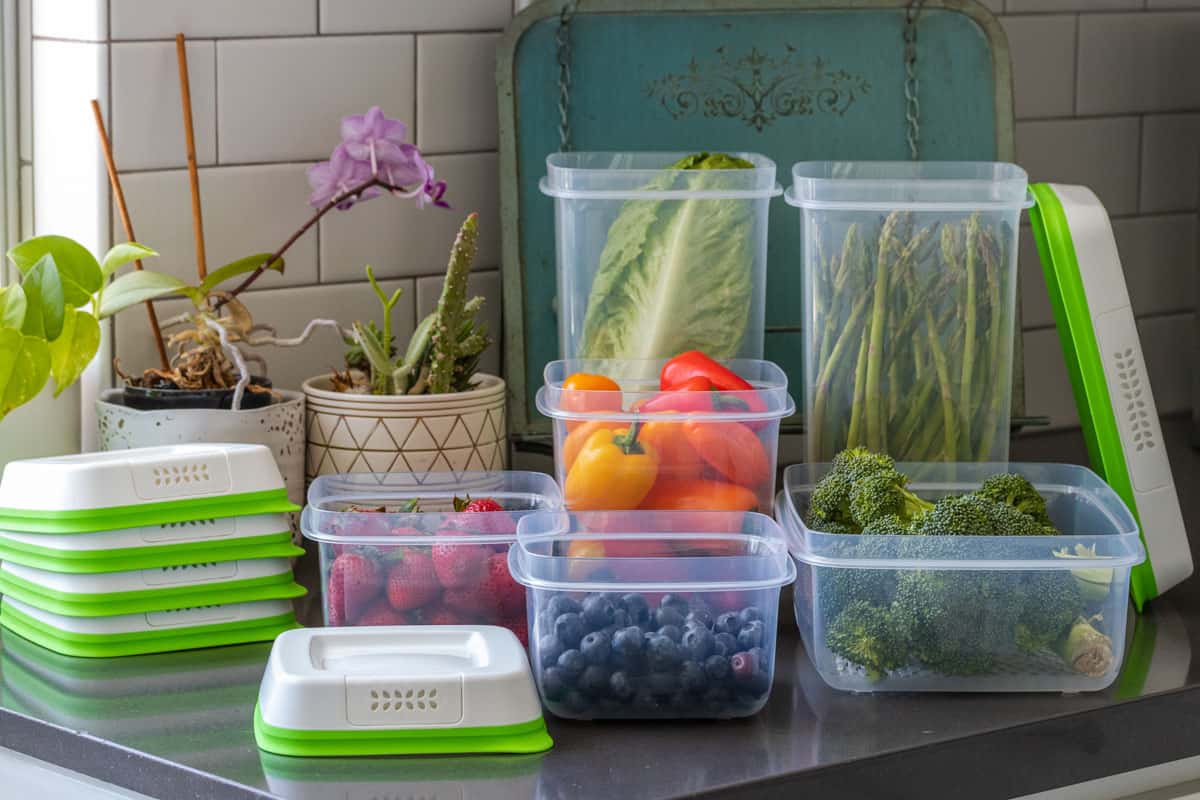
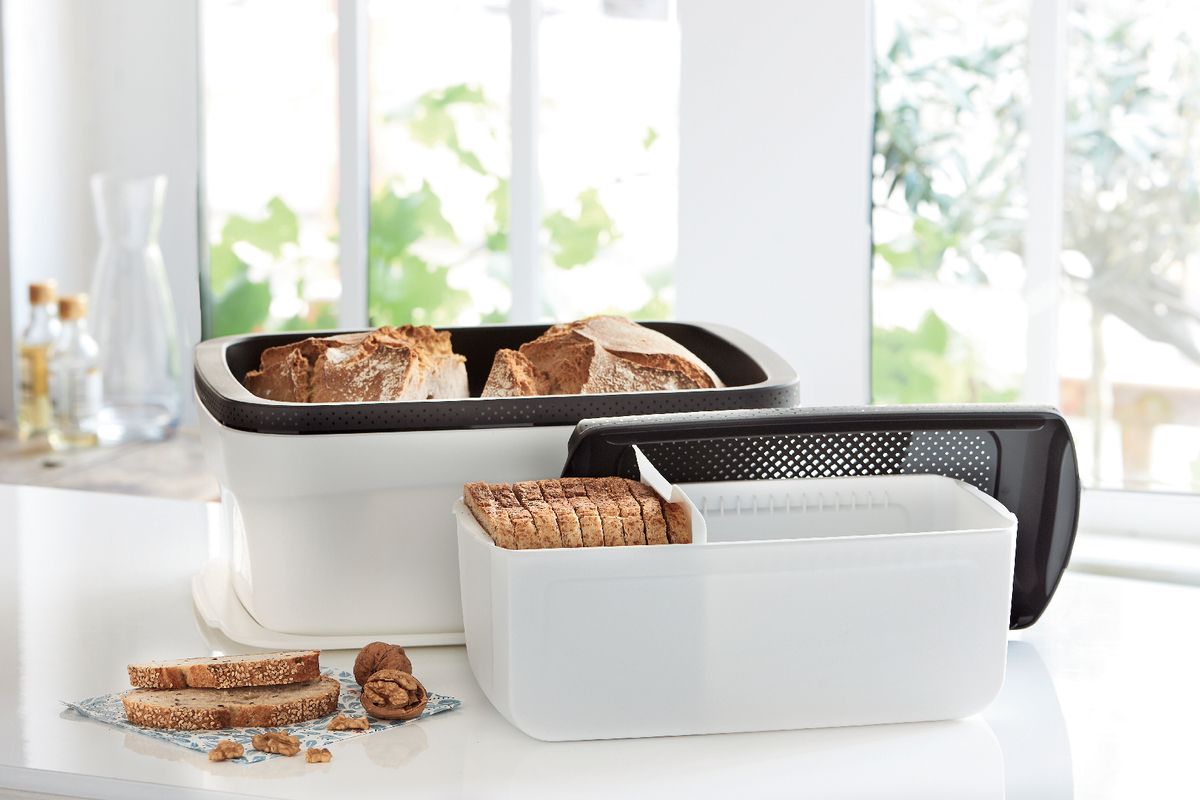

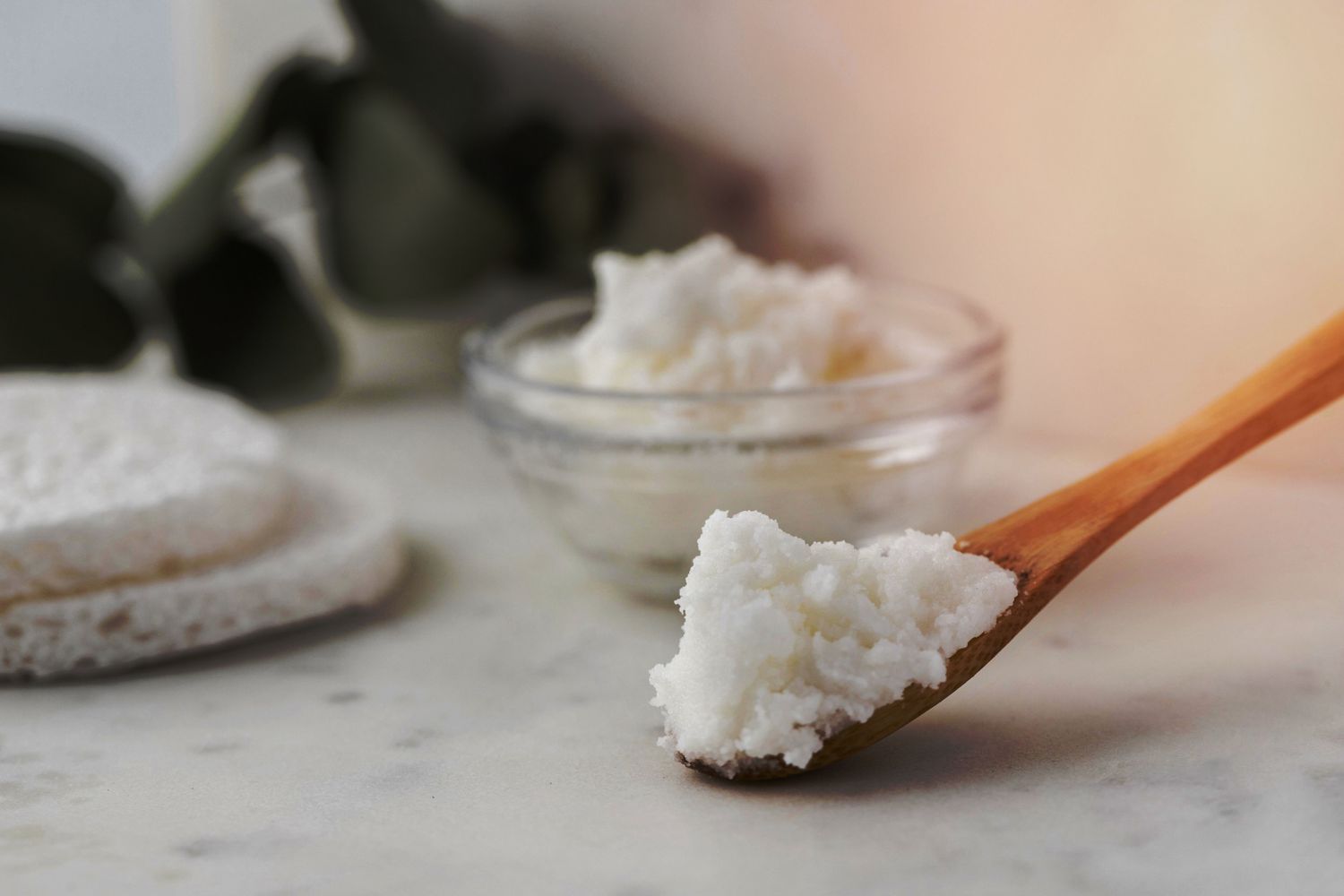
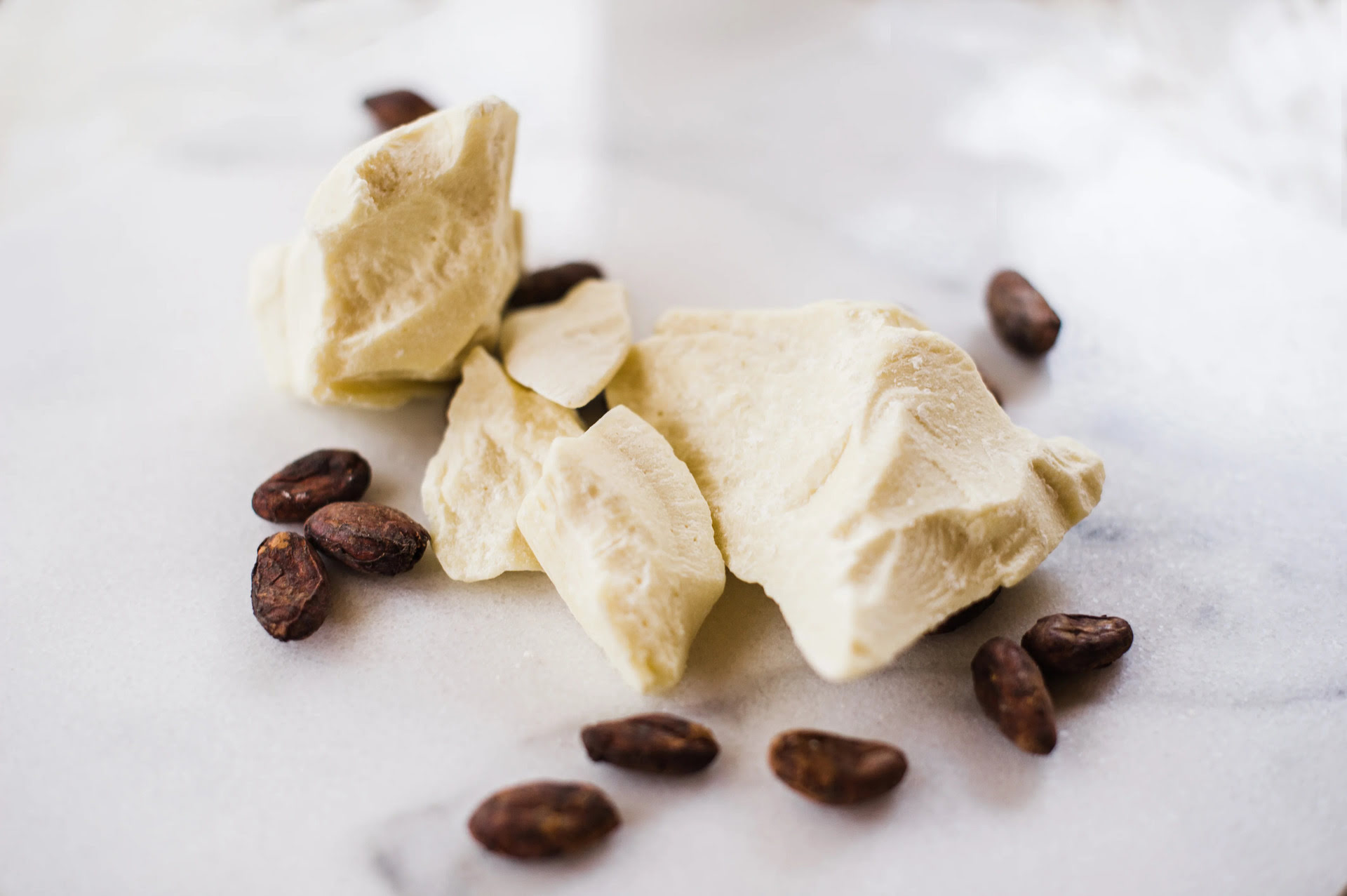

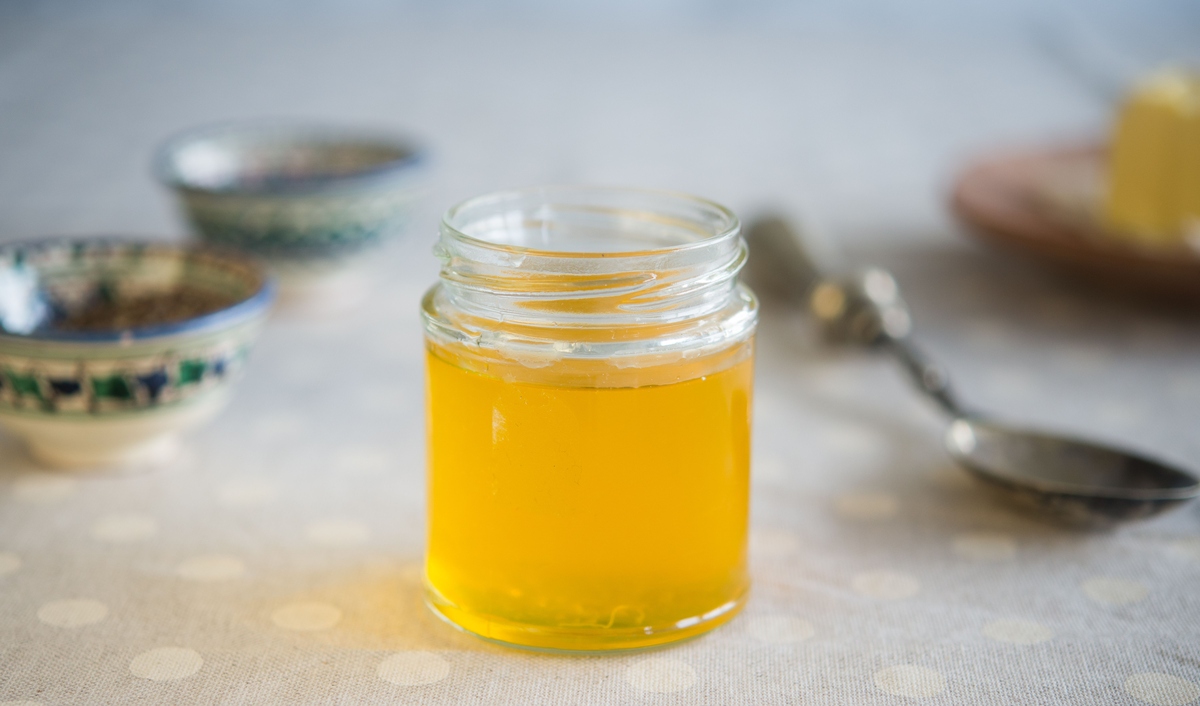
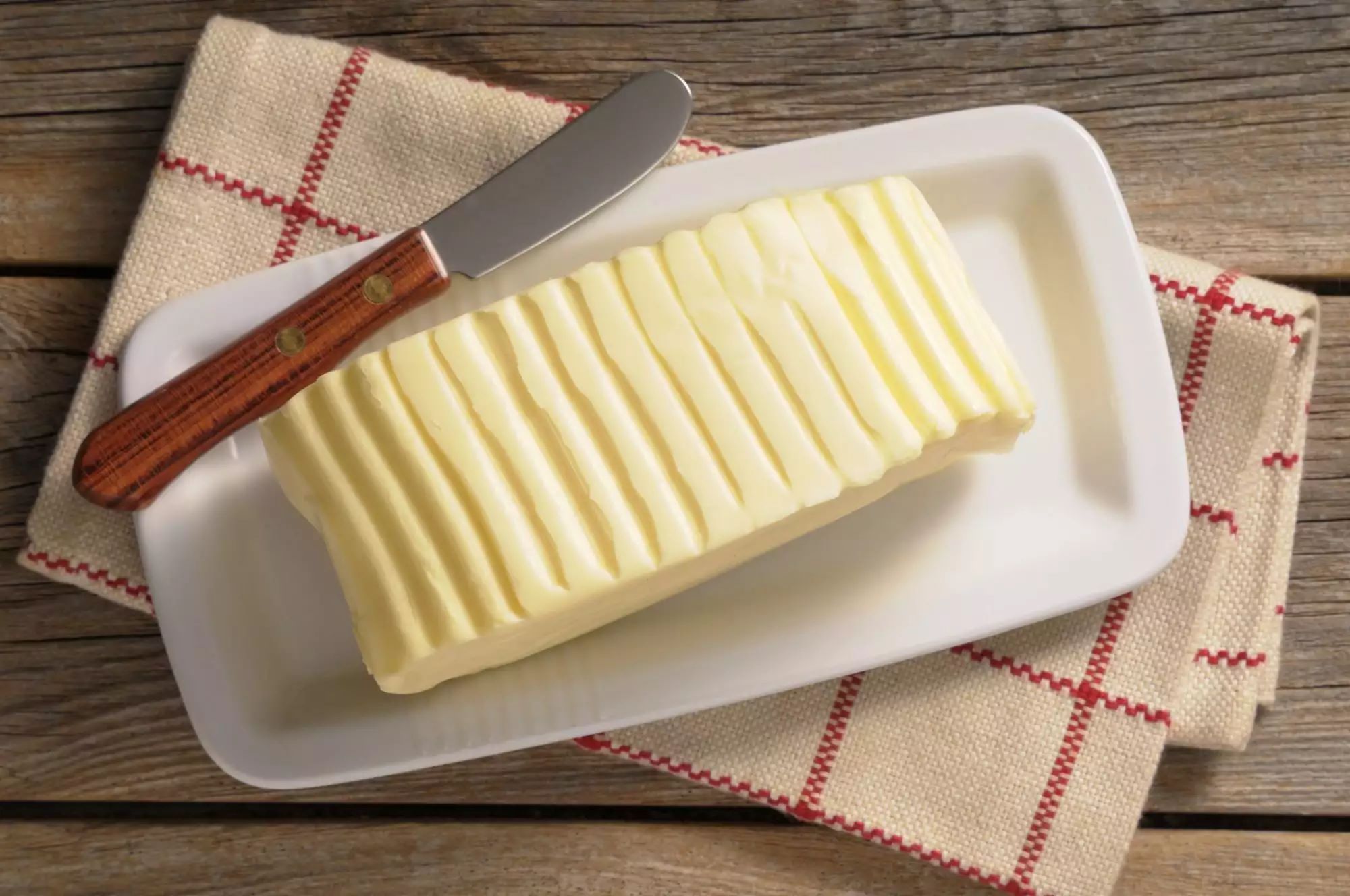


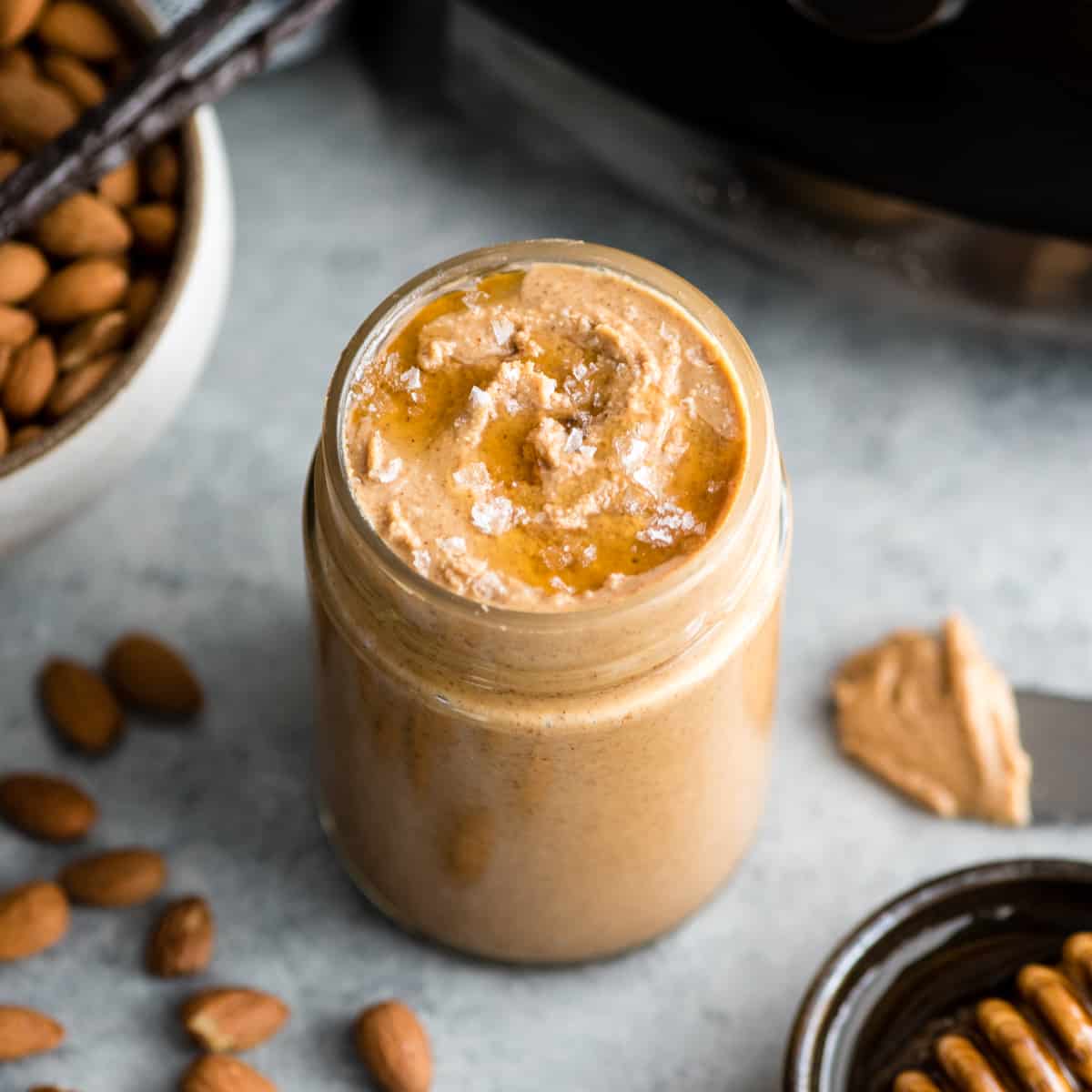
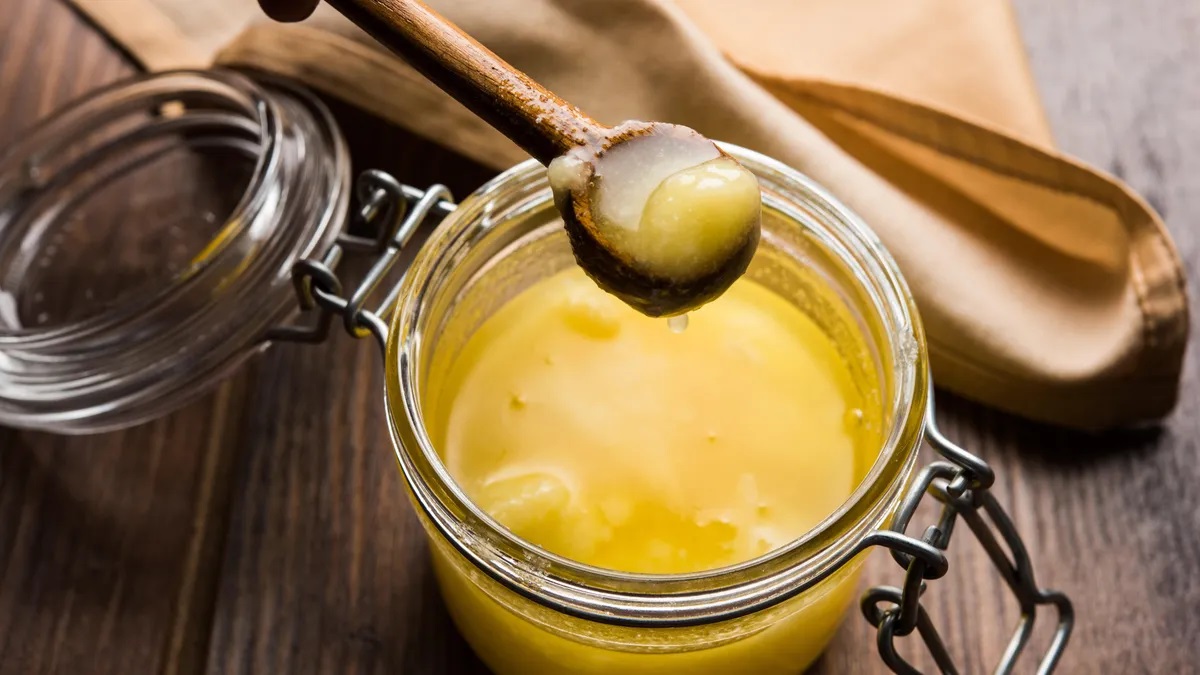
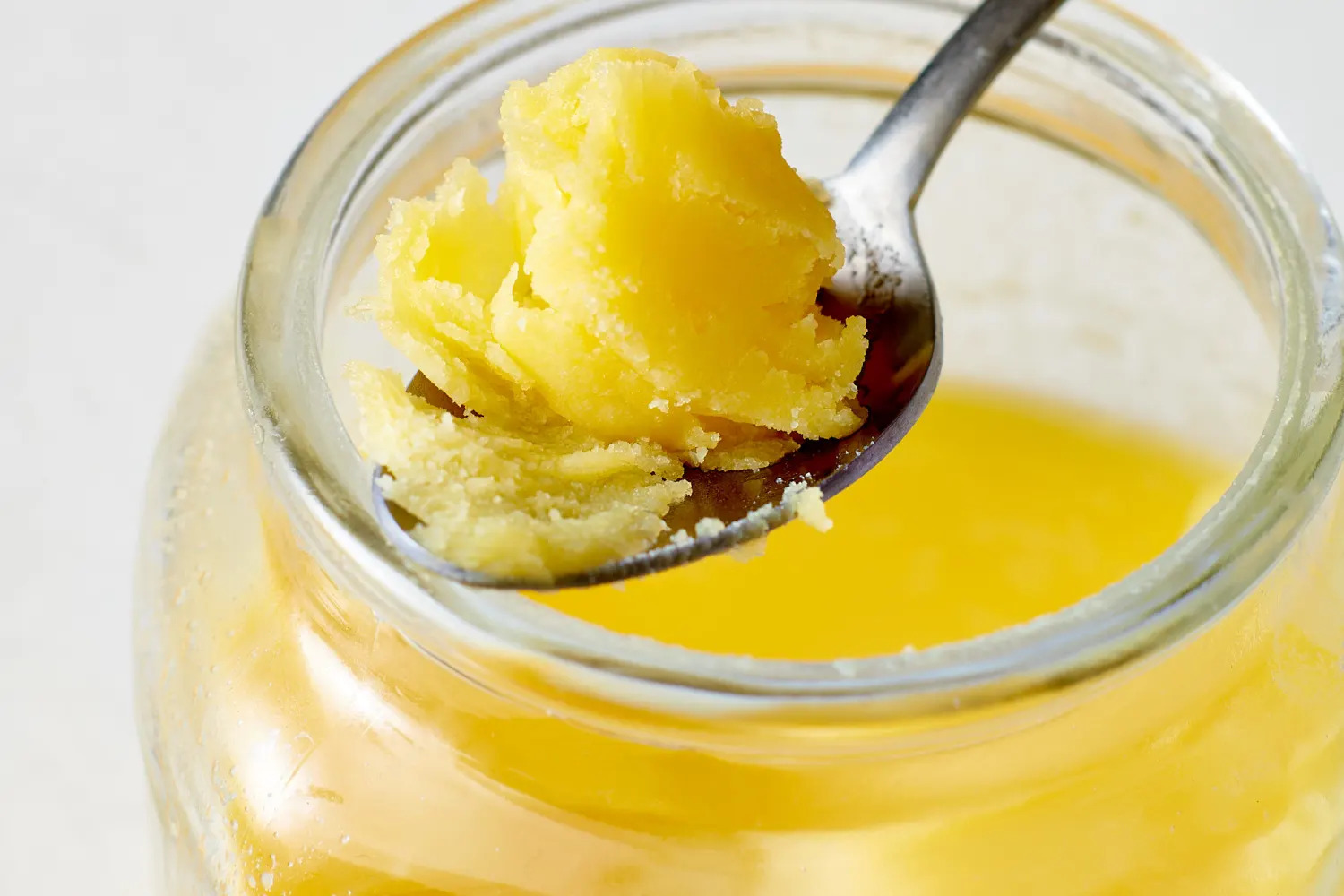
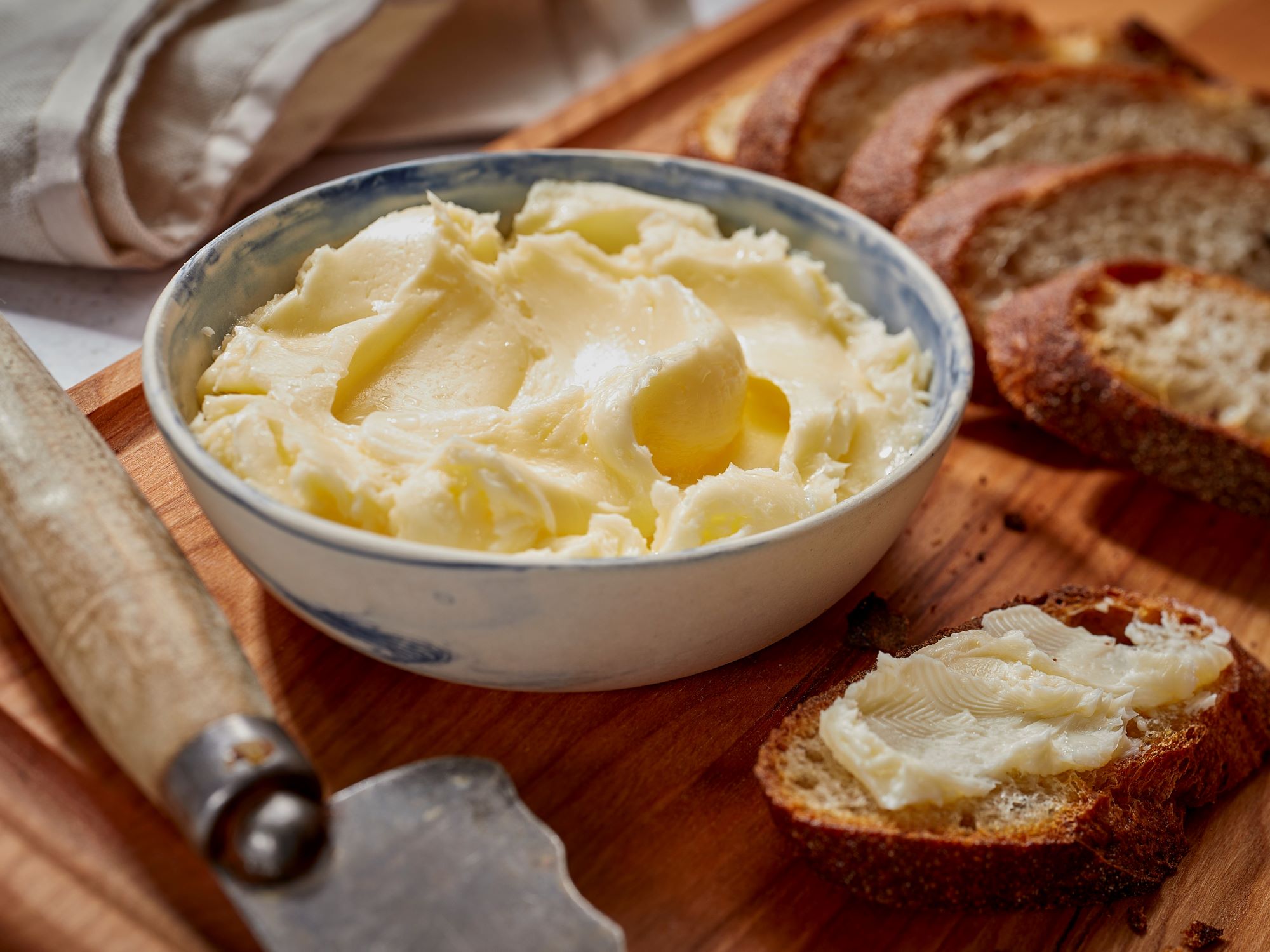

0 thoughts on “How To Store Butter On The Counter”